Resurrection biology: Do we have the right to bring back certain species from the dead?
Scientists believe we may be a decade away from bringing back extinct species. But why not use this technology to save today’s struggling ecosystems and habitats, asks Ashley Coates

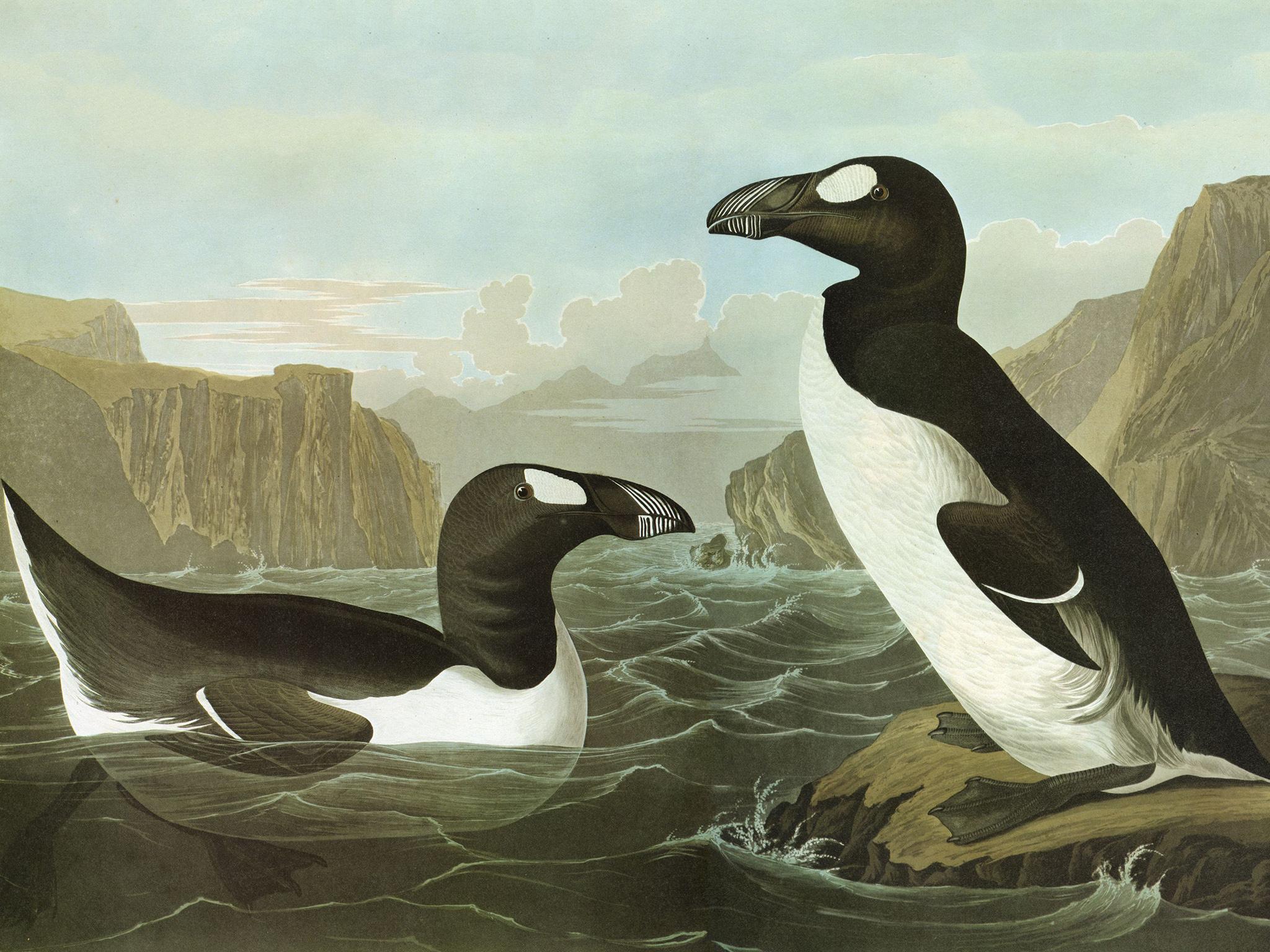
Few people enjoying a walk on Scotland’s coast today know that it is missing a fascinating animal: a charismatic, large, flightless seabird that is Britain’s very own dodo. In July 1840, Britain’s last great auks were killed on the island of St Kilda. Having been captured alive, the islanders decided the birds were witches that had brought on a storm and they were promptly stoned to death.
The demise of the auk is one of the saddest episodes in the history of our interactions with nature. The auks went from flocks of millions to a single breeding pair, caught by Icelandic fishermen in June 1844, when the very last egg was accidentally crushed in the effort to capture and kill the adults. Our guilt over the violent end of such an impressive species is one of the reasons the auks are a candidate for de-extinction, and why de-extinction has such a strong appeal in general.
The idea of bringing back any species from the dead elicits reactions of excitement at the chance to see live animals we thought we had lost forever and perhaps the opportunity to right the wrongs inflicted by mankind on the natural world. Having caused the demise of these animals ourselves, usually through hunting or habitat loss, surely it is our duty to restore them and in-so-doing the ecosystems they used to inhabit?
Yet de-extinction has always been met with a certain amount of queasiness about what the restoration of an extinct species would mean for nature and for our place within it. The moral implications seem uncertain. With humans now determining the weather, the rate of habitat loss, and with it the rate of extinction, are we already influencing evolutionary processes enough without bringing animals back from the dead?
Do we need to have herds of mammoths wandering around today and how can we expect them to survive in a world where their habitats are shrinking and so many living species are at risk of extinction?
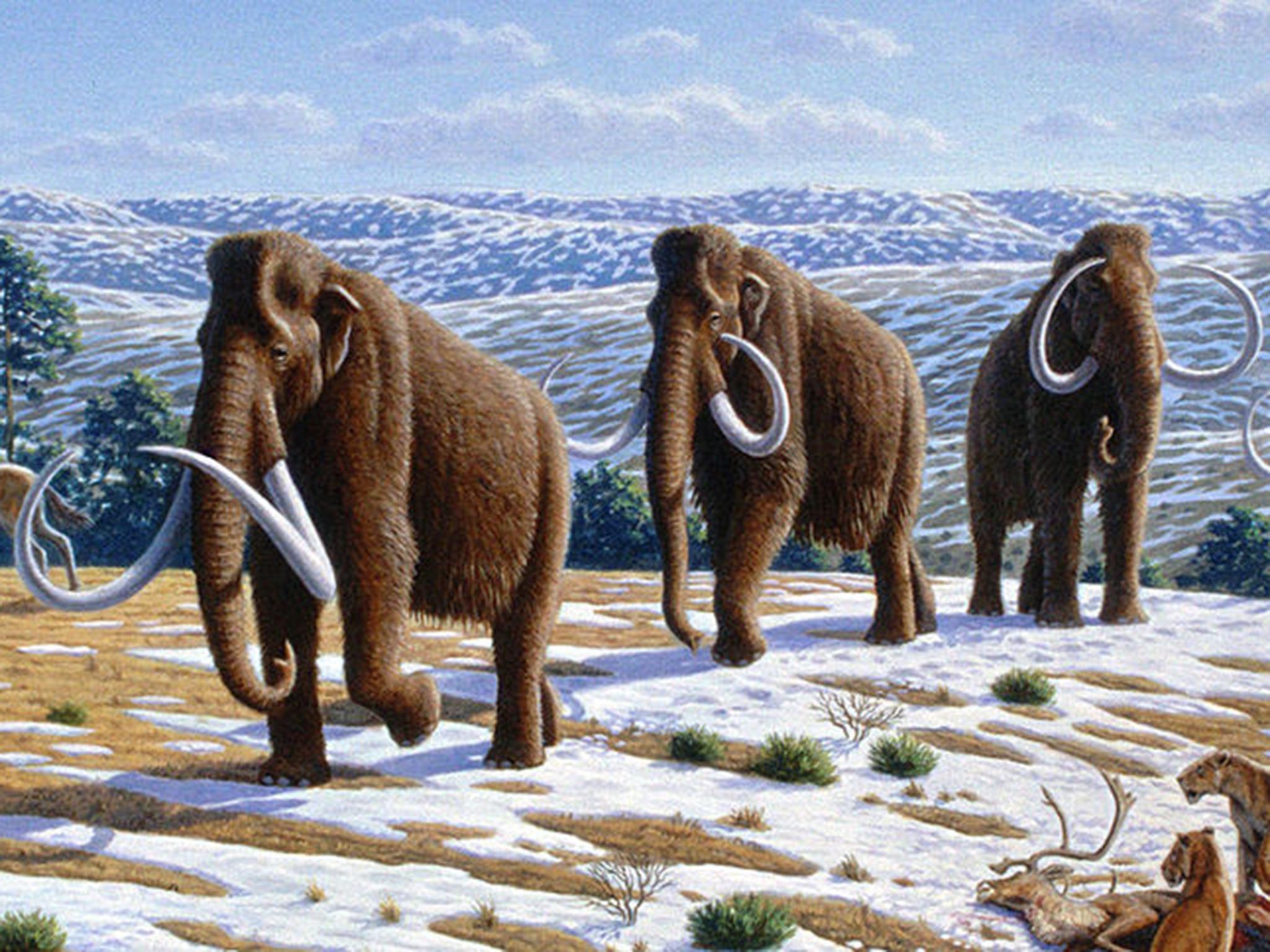
Twenty-six years on from the original Jurassic Park, the arguments against reviving extinct species have not changed since Ian Malcolm, the maverick mathematician played by Jeff Goldblum, chastised theme park owner John Hammond for bringing back the dinosaurs. “Your scientists were so preoccupied with whether or not they could, they didn't stop to think if they should,” he says.
What has changed is our real-life capability to bring back the long-lost species that have died under our watch, creatures like the auk, the woolly mammoth and the passenger pigeon. Some scientists working on “resurrection biology” believe we may be as little as a decade away from bringing back some of these icons of extinction.
Unfortunately for fans of the Jurassic Park franchise, nobody is expecting to see a tyrannosaur roaming around a Costa Rican island any time soon. In Michael Crichton’s book (and later in the 1993 film), dinosaur blood preserved inside a mosquito that had become encased in amber was the source of the DNA needed to create the dinosaurs that featured in the theme park.
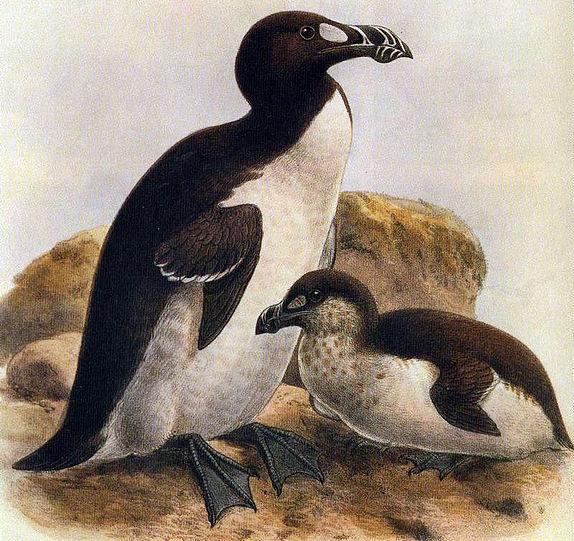
There has been a mosquito found in 45-million-year-old lake sediments which retained haemoglobin-derived porphyrins – products from the breakdown of haemoglobin, lending at least a degree of credence to the fiction. Fibres and cellular structures preserved in 75-million–year-old dinosaur specimens were reported by palaeontologists back in 2015 and scientists continue to look for remnants of living matter in dinosaur bones.
Just last month, scientists from the renowned Field Museum in Chicago found modern living microbes “having a jolly good time” inside the bones of a 75-million-year-old centrosaurus, but this discovery further supports the consensus that it will be hard for proteins and DNA material to survive the ravages of time. Despite an array of fascinating finds, the oldest DNA found so far was around one million years old, fully 65 million years after the last of the dinosaurs.
Even with the possibility of elements of blood cells, collagen or other organic matter being preserved in the fossil record, the chances of finding intact DNA are remote. DNA breaks down over time, particularly after exposure to water, meaning it is extremely unlikely if not impossible that a full or partial genome from anything living before 65 million years ago would still be around today.
But there are a number of more recently extinct species that are up for consideration as candidates for de-extinction, including some of T Rex’s closest modern relatives.
Revive and Restore, a US non-profit working exclusively to bring back a number of lost species, is focusing efforts on the passenger pigeon, a once common North American bird that dramatically disappeared at the beginning of the last century.
The idea that the passenger pigeon might go extinct would have seemed extraordinary to the Americans who once spoke of flocks of many millions blocking out the sky as the pigeons migrated across the north eastern United States. Writing in 1813, the celebrated American ornithologist, John James Audubon, told his readers: “The light of noon-day was obscured as by an eclipse, the dung fell in spots, not unlike melting flakes of snow; and the continued buzz of wings had a tendency to lull my senses to repose.”
Each of these great migrations coincided with a mass shooting of the birds, both for food and for feathers. The speed with which the passenger pigeon then went extinct was phenomenal. Scientists now believe the species was prone to “cycles of boom and bust” without human interference but even so, reducing a population of around three billion to zero within a few decades is remarkable even by the standards of today’s extinctions.
The very last passenger pigeon was named after George Washington’s wife, Martha, and died at Cincinnati Zoo on 1 September 1914. The last wild passenger pigeon is believed to have been shot 13 years earlier.
The approach being developed by Ben Novak and the team at Revive and Restore is to take the genome of the passenger pigeon’s closest living relative, the band-tailed pigeon, and insert characteristics from the genome of the extinct passenger pigeon, a process that could be applied to a wide range of lost species. What you end up with is not a fully restored passenger pigeon, but a hybrid version of the two species, a band-tailed pigeon which looks and acts like a passenger pigeon.
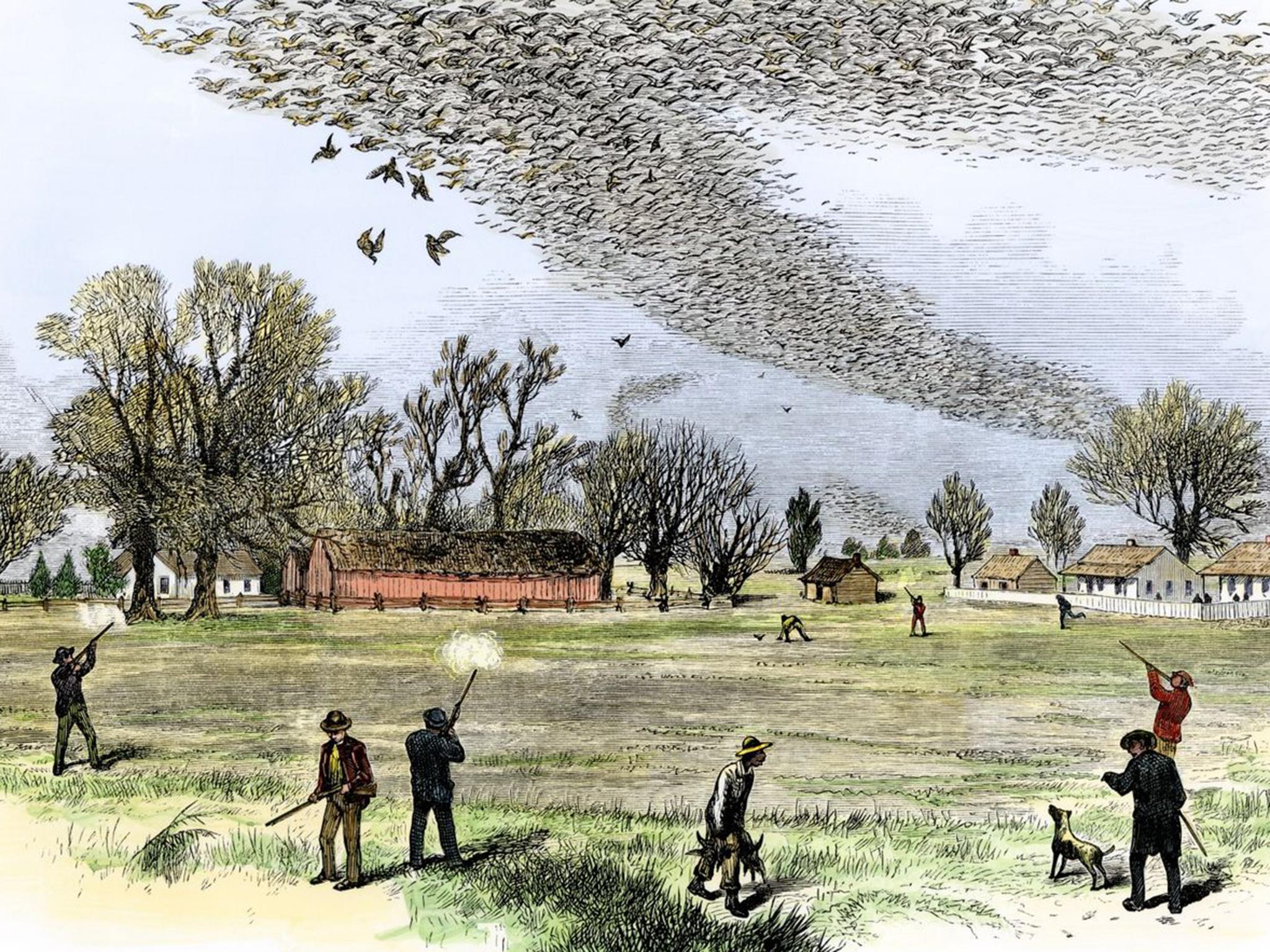
According to Tom Maloney, Revive and Restore’s director of conservation science: “You find a species that is the closest living relative and then conduct a process of comparative genomics to find where the traits are that need to be changed. We can find the traits for the red breast, or the long tail, what is not known is how much behaviour was learned, how much was culture within the species, and those are some of the tangible issues that are still uncertain”.
The return of a particularly significant species such as the passenger pigeon could have benefits for other species. Where a habitat has lost an animal or plant that was important for the way the ecosystem functioned, the very act of bringing them back may also result in the restoration, or stabilisation of, the ecosystems that are currently missing them.
“We are moving away from the idea that you are bringing back a woolly mammoth in its entirety,” Tom Maloney says, “and more towards modifying the Asian elephant to fill the ecological niche left by the woolly mammoth 10,000 years ago”.
We are moving away from the idea that you are bringing back a woolly mammoth in its entirety, and more towards modifying the Asian elephant to fill the ecological niche left by the woolly mammoth 10,000 years ago
“What we and the IUCN {International Union for the Conservation of Nature} bring to this is a thoughtful consideration of the factors that led to extinction, and more importantly the functional role of the animal in the ecosystem, such as restoring mammoths to the permafrost or passenger pigeons to the forests of North America.”
Critics of de-extinction point to the need to focus our efforts on saving animals that are alive today but what has emerged out of the work led by Revive and Restore is the potential to use gene editing techniques to save today’s vulnerable species. If you can modify a band-tailed pigeon to look like a passenger pigeon, why not use the same technology to modify coral to survive temperature changes as the seas continue to warm, or amphibians to survive the fungal disease that is currently decimating their populations in South America?
Helen Pilcher, author of Bring Back the King: the New Science of De-extinction, highlights the northern white rhino as the sort of species that could benefit from this approach. Functionally extinct, the last male northern white rhino died in 2014, leaving only two females. Techniques such as those being developed by Revive and Restore could provide the means to prevent the rhinos from being lost forever.
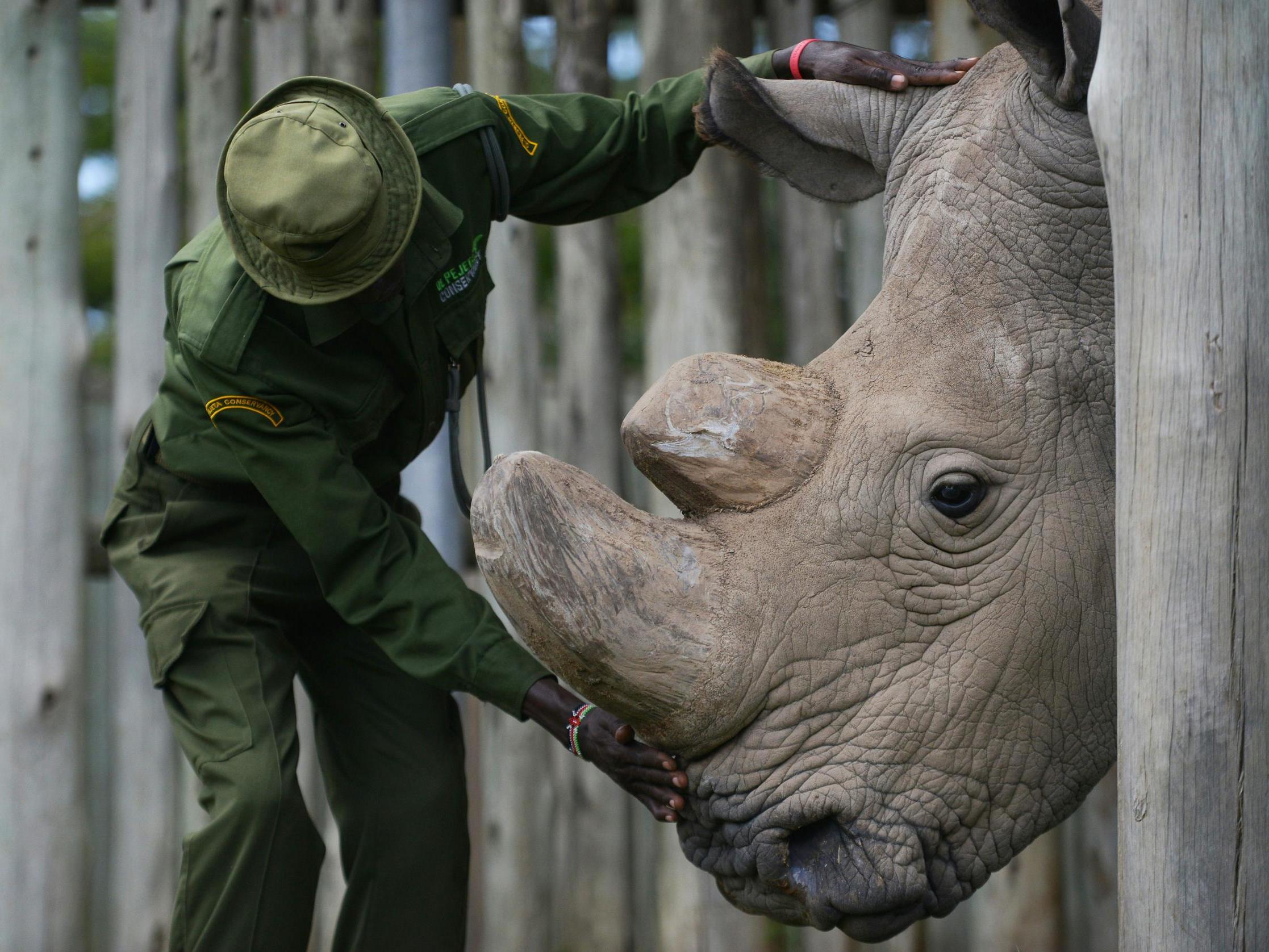
“You can call it de-extinction or you can call it conservation, but I think it is two sides of the same coin. I certainly think we should consider bringing back fully extinct species, but in the first instance it should be applied to species that really need our help like the black-footed ferret or the kakapo, or the northern white rhino.”
“I am very much in favour of Revive and Restore’s attitude, that we have this emerging suite of technologies which we can apply to species which are essentially extinct if we don’t come up with new technologies. That for me is the most exciting part of this work.”
This form of gene editing is now emerging as the most viable, or at least the most discussed, means to “de-extinct” a species. Elsewhere in the world, researchers have managed to employ different techniques and with encouraging results.
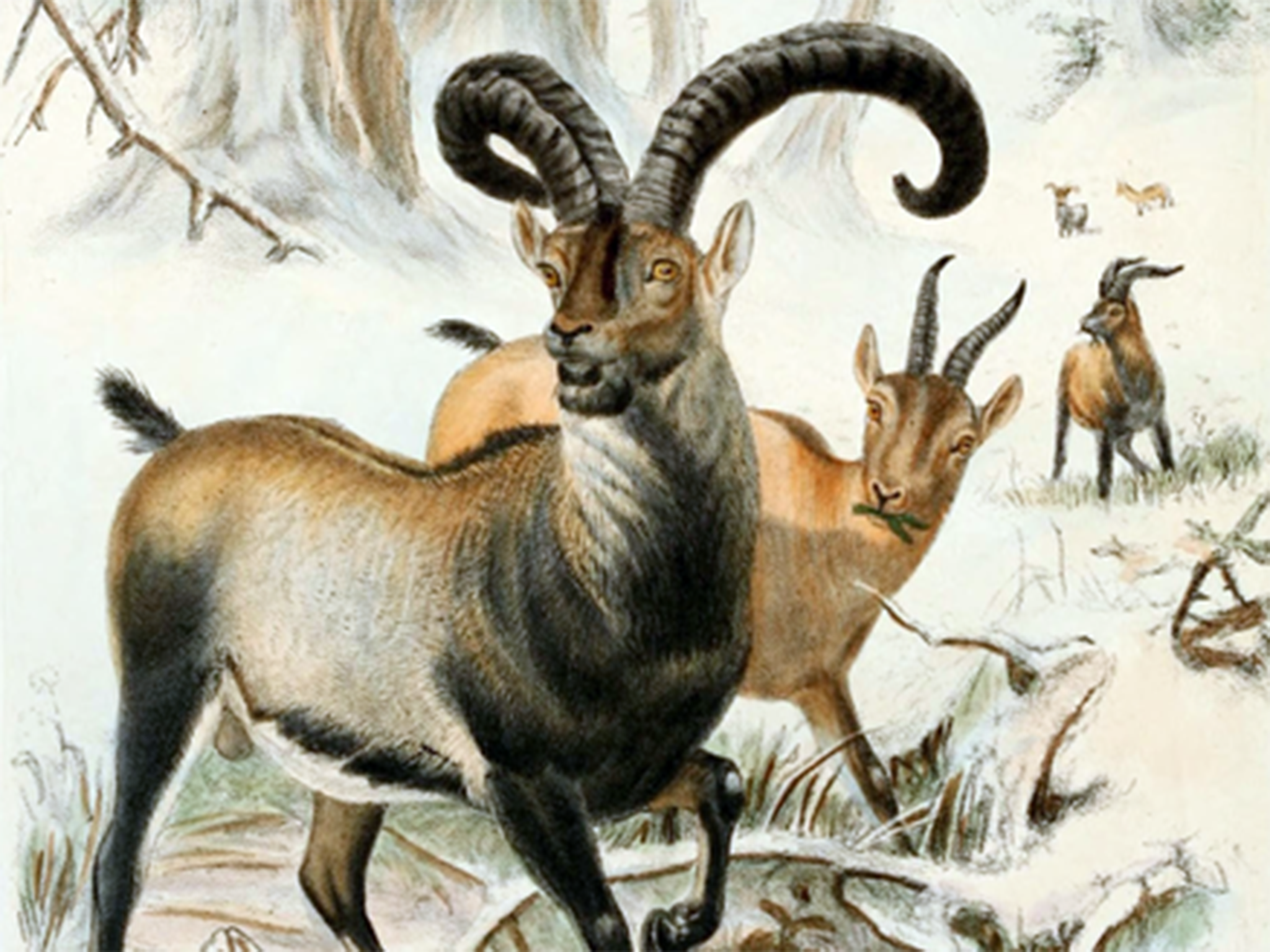
In 2003, Jose Folch and his team at the centre for Agro-Nutrition Research and Technology (Spain), became the first people in the world to successfully recover a lost species after they cloned cells from the skin of the last of the bucardos, also known as the Pyrenean ibex. A sub-species of the Spanish ibex, the bucardos suffered from years of hunting before the last of its kind tragically died after a tree fell on it. The DNA of this female animal was inserted into the eggs of domestic goats before being implanted into the wombs of the goats and a few female Spanish ibexes.
Fully 208 ibex were implanted with embryos, seven became pregnant and one successfully delivered a new-born bucardo, which died of respiratory failure after only a few minutes. Despite this setback, the project was considered a success in the field and remains the only time an extinct species has been brought back to life, albeit very briefly.
Gone and back again
Osprey: one of the most impressive bird species in the UK, the osprey went extinct in England in 1840 and in Scotland in 1916. This was largely as a result of the Victorian interest in egg collecting, taxidermy and plumage. Today's birds are the result of both naturally colonising breeding pairs and re-introduced birds.
Great bustard: the world's heaviest flying bird was hunted to extinction in England in 1832. The Great Bustard Group has been releasing hundreds of bustard chicks on to Salisbury Plain in Wiltshire since 2004 and it is hoped that the population will be increased to sustainable levels.
Beavers: these were hunted to extinction in Britain in the 16th century, for pelts and a prized oil they secrete. In 2009 they were reintroduced in Scotland, and a trial to manage beavers on the River Otter in Devon is underway.
Hen-harrier: the government has launched a hen-harrier action plan to protect the final few pairs breeding in England, where it is feared they will be persecuted to extinction. Conservationists are using satellite monitoring and 24-hour nest protection.
Wild boar have twice been made extinct outside of captivity in Britain – the result of over-hunting in the 13th and 17th centuries. Escapees from farms have repopulated the Forest of Dean, while release programmes have had success elsewhere.
Unlike the passenger pigeon or the bucardo, the keepers at Amsterdam Zoo did not know they had the very last of the quaggas until after its death in 1883. For an animal that was once so numerous, the surviving remnants of their kind are remarkably sparse. There are only three photographs of a live quagga, which lived at London Zoo’s Regent’s Park site. Around 23 skins remain preserved as taxidermy worldwide.
It is one of the oddities of our relationship with nature in the past two centuries that an animal which would have been common just a few generations ago is now mostly unheard of while its surviving relatives are among some of the best known and most loved animals globally. A sub-species of the plains zebra, the quagga looked almost identical to modern zebras, apart from their stripes, which appear to run out before they got to its hind legs.
On a genetic level, they are so similar to their surviving cousins that an innovative South African project is working to restore the species through a process known as “back breeding”. As the name suggests, this involves repeatedly breeding plains zebras that exhibit the characteristics of the quagga (most notably the lack of hind stripes) until you have an animal that at least resembles the quagga to the best of our knowledge.
More than 30 years into The Quagga Project, the latest Rau Quagga in the breeding programme, an animal known as Rachel, certainly looks like the quagga pictured in Victorian era-London Zoo.
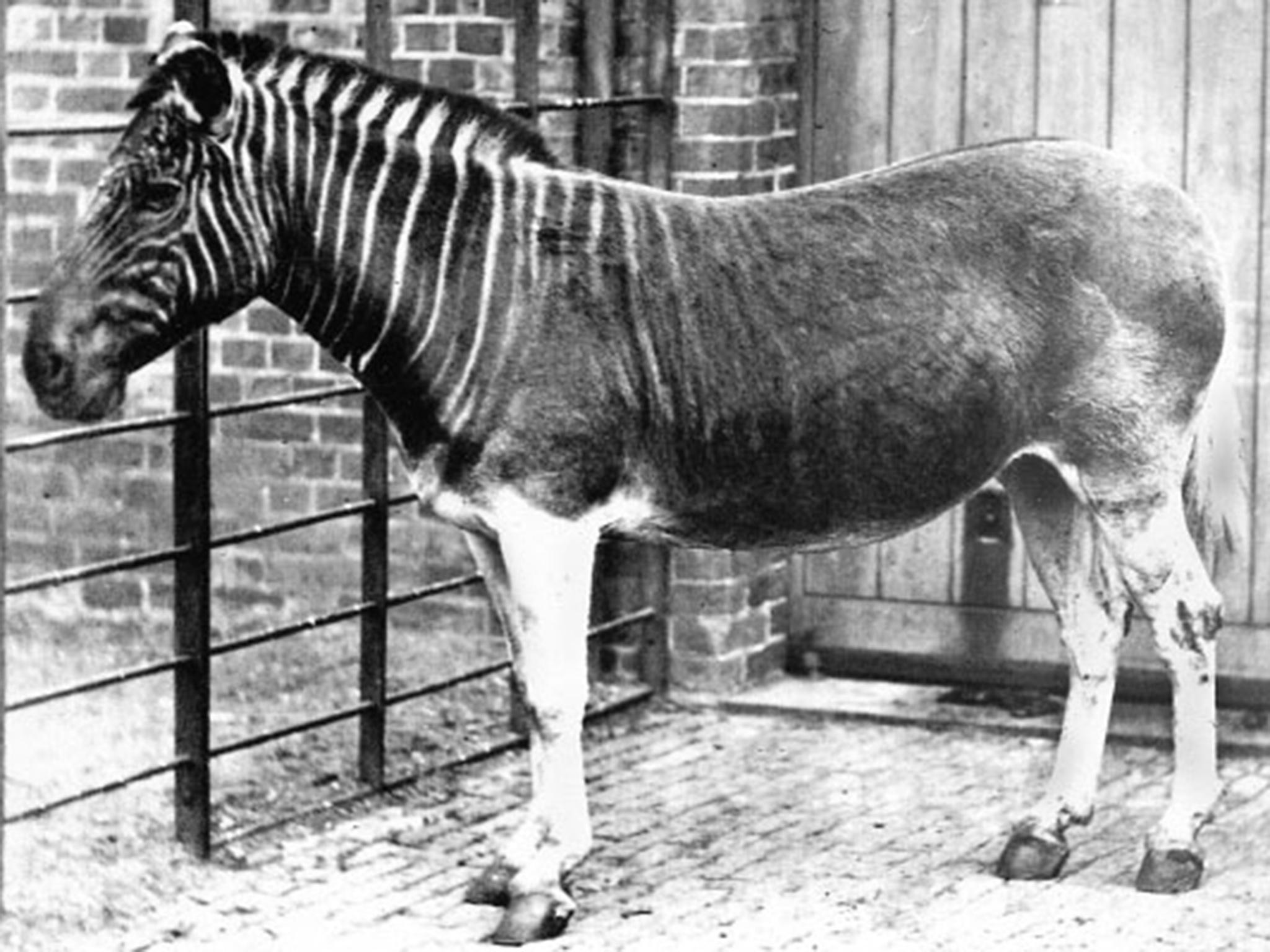
Whichever technique is employed by scientists, de-extinction has always been looked upon with a certain amount of scepticism. Since the publication of her book, Bring Back the King, Helen Pilcher has found she receives a mixed reaction when she delivers talks about the techniques used by scientists in this area. “The knee-jerk reaction of a lot of people is that scientists are playing God,” she says, “that we are taking things too far, and we should be putting money into conservation.”
“If the playing God argument is that we are choosing which species can live and which can die then we have been doing that for, arguably, thousands of years. It is just that we are doing it on a bigger and much more devastating scale now. You could take the view that we are already playing God by raising the temperature of the planet, acidifying the oceans, and controlling evolution through the breeding of certain animals.”
Our awareness of the biodiversity crash we are bringing about is now at an all-time high. Last month, a major UN report suggested one million animal and eight million plant species are at risk of extinction, and as many as 20 species are going extinct every day. The animals that could be lost include many species that survived the last mass extinction events: deep sea sharks, which have patrolled the abyss largely unchanged for hundreds of millions of years; turtles, once one of the most common large animals in the ocean are now icons of the conservation movement.
Yet a surprising twist on the development of this technology in the past few years has been its potential application as a means of saving today's wildlife, both by reintroducing lost animals into fragile ecosystems, and by modifying the genomes of living species to improve their resilience. Pilcher says: “We have been altering the genes of animals for a long time and now we are in a position to speed up that process. We are changing the evolutionary trajectory of every creature on the planet. Scientists can now look at ecosystems and identify what is missing and restore that element.
What animal would you bring back if you could? For me I thought it would be something like the dodo or the woolly mammoth because who wouldn’t want to see one? But in the end the animal I would most like to see de-extinct is one that is still alive, and it is the northern white rhino
“I am in favour of developing the technology at least until the point where we can establish how useful it will be, but I don’t think we are there yet.”
It is the application of technology directly that troubles some, perhaps because there is something unnerving about “meddling” with nature’s intended path. The rebuttal to that – which is that we are already altering the course of life on Earth anyway, and gene editing is just another way of doing the same thing – is an uncomfortable idea to accept. Many of us take solace in nature because of its seeming constancy, and apparent separateness from our own lives, and coming to terms with the extent of human influence in natural processes is difficult. Nevertheless, all the scientists in the field advocate a cautious approach to what is still very much a frontier science.
Another criticism of de-extinction is the perception that it is a fringe science obsessed with the restoration of animals like the mammoth and the auk, for the wow factor as much as anything else, but it’s the potential of using this technology to save today’s struggling ecosystems that has emerged has perhaps the most useful application of the science, if and when it comes to fruition.
“The most convincing argument for de-extinction is that we look at it as a tool of conservation,” says Pilcher.
“I started my last book with the question: what animal would you bring back if you could? For me I thought it would be something like the dodo or the woolly mammoth because it would be amazing and who wouldn’t want to see one? But in the end the animal I would most like to see de-extinct is one that is still alive, and it is the northern white rhino.”
The technology is still being perfected but, in the meantime, we need to build a better awareness of how the science can be used to save today’s threatened species and the habitats that depend on them.
Join our commenting forum
Join thought-provoking conversations, follow other Independent readers and see their replies
Comments